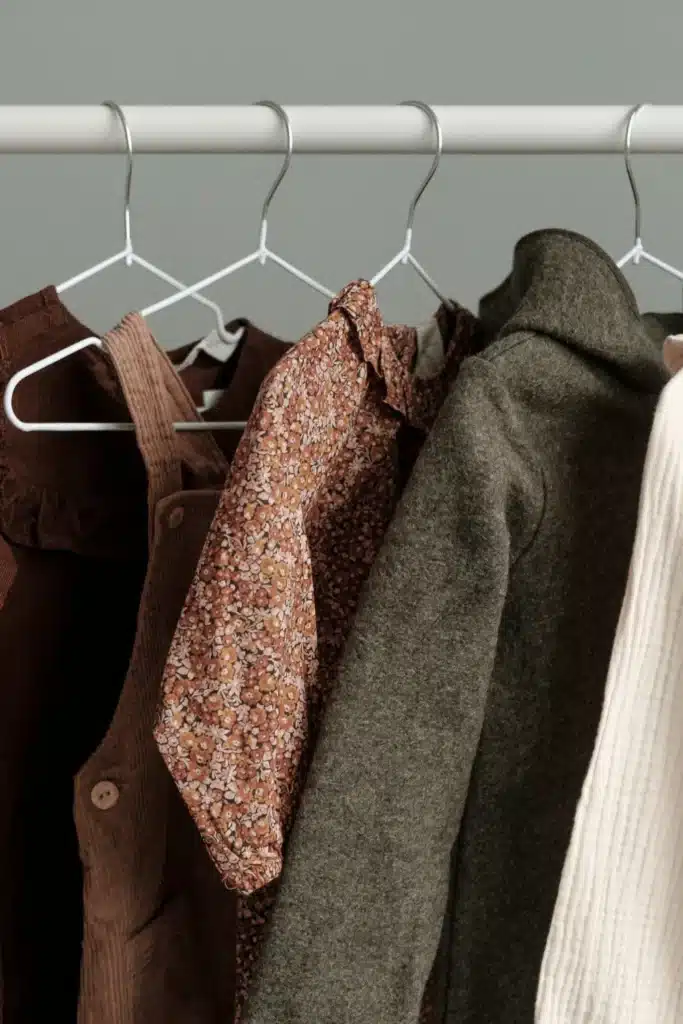
How to Shop American Sizes in Germany
März 15, 2024
Best Buy France Doesn’t Exist – We Made a Solution
März 21, 2024How to Convert Asia Sizes to US
When it comes to fashion, finding the perfect fit is everything. But what happens when you fall in love with a piece of clothing from another continent? Sizing standards can vary dramatically across the globe, leaving you confused and frustrated!
This is especially true when converting Asia sizes to US sizes. But with a little knowledge and some handy conversion tips, you can navigate the world of international fashion with ease.
Let’s dive into the differences between Asian and US sizes and understand why they exist.
An Overview of Asia Size to US Sizes: What’s the Difference?
The general sizing differences between Asian and US clothing can be quite significant.
Typically, Asian sizes are smaller than US sizes. This means that a size Medium in the US might correspond to a size Large or even Extra Large in some Asian countries. The discrepancy isn’t just about the labels; it’s rooted in the actual measurements used for sizing.
Several factors contribute to these differences:
- Body types: Asian and Western body types can differ in terms of height, weight distribution, and proportions. Asian sizes are often designed to fit a generally smaller and more slender frame, which is reflected in their sizing standards.
- Measurement systems: The US uses inches for measurements, while many Asian countries use centimeters. This difference in units can lead to slight variations in size conversions.
- Fashion preferences: Cultural preferences in fashion and fit can also play a role. For example, some Asian styles may favor a more fitted or tailored look, which is reflected in their sizing.
Women’s Asian Size Chart to US Conversions

Converting women’s clothing sizes from an Asia size to US size can be a bit tricky, but a conversion chart can help you get started. Here’s a general guide:
| Asian Size | US-Größe |
| S | XS (2) |
| M | S (4-6) |
| L | M (8-10) |
| XL | L (12-14) |
| XXL | XL (16-18) |
Here are some tips for accurately measuring your women’s clothing:
- Bust: Measure around the fullest part of your chest, keeping the tape measure parallel to the floor.
- Waist: Measure around the narrowest part of your waist, typically just above the belly button.
- Hips: Measure around the fullest part of your hips, about 7 inches below your natural waistline.
When you’re looking to convert your clothing, try to avoid:
- Overlooking brand-specific sizing: Always check the brand’s specific size chart, as sizing can vary between brands.
- Ignoring fabric and style: Consider the fabric and style of the garment. Stretchy materials or loose-fitting styles may allow for more flexibility in sizing.
- Neglecting return policies: Be mindful of return policies, especially when shopping online, to ensure you can exchange sizes if needed.
Men’s Conversions

For men, converting clothing sizes from Asian size to us involves similar considerations. Here’s a basic conversion chart:
| Asian Size | US-Größe |
| S | XS (34) |
| M | S (36) |
| L | M (38-40) |
| XL | L (42-44) |
| XXL | XL (46-48) |
Here are some measuring tips for men’s clothing:
- Chest: Measure around the widest part of your chest, under your armpits, and across your shoulder blades.
- Waist: Measure around your natural waistline, typically just above the hips.
- Shoulders: Measure from the shoulder seam down to the wrist.
Try to avoid these common challenges, including:
- Inconsistent sizing across brands: As with women’s clothing, sizing can differ between brands, so always refer to the specific brand’s size chart.
- Variations in fit: Be aware of different fits (e.g., slim fit, regular fit, relaxed fit) and how they may impact your size choice.
- Checking return policies: Ensure you’re familiar with the return policy of the store or website, as you may need to exchange sizes.
Children’s Conversions
Converting children’s clothing sizes from Asian to US sizes can be especially challenging due to the rapid growth and size changes children experience.
Here’s a basic conversion chart to get you started to go from a size in Asia to US:
| Asian Size | US-Größe |
| 100 | 2T-3T |
| 110 | 4T-5T |
| 120 | 6-7 |
| 130 | 8-9 |
| 140 | 10-11 |
| 150 | 12-13 |
Here are some tips for getting accurate measurements:
- Height: Measure from the top of the head to the floor, without shoes.
- Chest: Measure around the fullest part of the chest.
- Waist: Measure around the natural waistline, typically just above the belly button.
- Hips: Measure around the widest part of the hips.
For those growth spurts and changes:
- Anticipate growth: Consider buying a size larger to accommodate growth spurts, especially for fast-growing children.
- Check for adjustable features: Look for clothing with adjustable waistbands or extendable hems to extend the life of the garment.
- Monitor fit regularly: Regularly check the fit of your child’s clothing, as they can outgrow sizes quickly.
Tips for Converting Sizes
When converting clothing sizes between different regions, here are some tips to keep in mind:
- Check brand-specific size charts: Always refer to the size chart provided by the individual brand, as sizing can vary significantly between brands.
- Use online conversion tools: There are many online tools and apps available that can quickly convert sizes for you. Just input the Asian size, and it will give you the corresponding US size.
- Review return policies: Before making a purchase, especially online, check the return policy. If the size doesn’t fit, you’ll want to ensure you can easily exchange or return the item.
By following these tips and using the provided conversion charts, you can confidently shop for clothing across different size standards and ensure a better fit for everyone in the family.
Häufig gestellte Fragen
Are Asian Sizes Smaller Than US Sizes?
Yes, Asian sizes are generally smaller than US sizes. This difference is due to variations in body types, measurement systems, and fashion preferences between the regions. Asian sizing standards are typically designed for a more petite frame, which results in smaller sizes compared to US standards.
It’s important to be aware of these differences when shopping for clothing from Asian brands or in Asian markets to ensure a proper fit.
Should I Size Up When Buying Asian Clothing?
In many cases, it is advisable to size up when purchasing Asian clothing. However, this is not a one-size-fits-all rule. It depends on several factors, including the specific brand, the type of clothing, and your personal fit preferences.
or example, if you’re buying a fitted dress or a tailored jacket, you might need to size up more than you would for a loose-fitting T-shirt. Always check the brand’s size chart and, if possible, look for customer reviews to get a better idea of how the sizes run.
How Do I Convert Asian Shoe Sizes to US Shoe Sizes?
Converting Asia to US size in shoes can be done using a conversion chart. Here’s a basic guide:
| Asian Size | US Men’s Size | US Women’s Size |
| 220 | 5 | 6.5 |
| 230 | 6 | 7.5 |
| 240 | 7 | 8.5 |
| 250 | 8 | 9.5 |
| 260 | 9 | 10.5 |
| 270 | 10 | 11.5 |
| 280 | 11 | 12.5 |
Please note that this chart is a general guide, and sizes can vary between different brands and styles. It’s always a good idea to check the specific brand’s size chart or consult with the seller for more accurate sizing information.
Post From US: Your Partner in Shopping in the USA Like a Local!
Get access to American brands and save big on shipping costs with your free account. Get started today!







